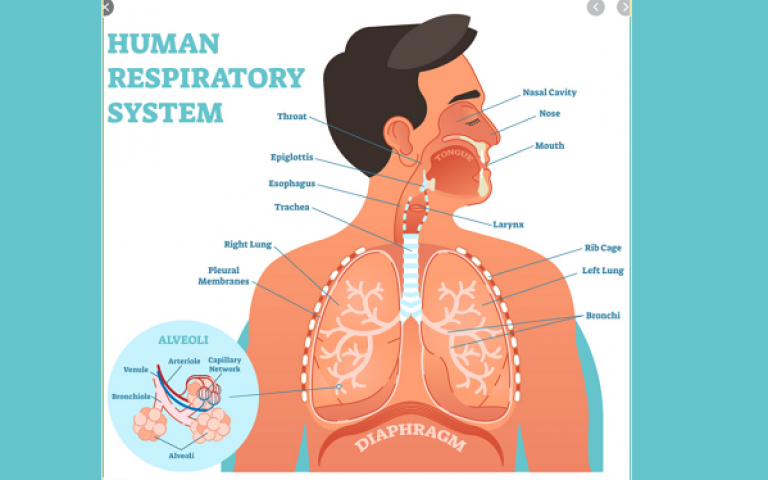Why can't you breathe underwater?
Breathing is the process of taking in air containing oxygen (called inhaling) and letting out air that contains carbon dioxide (called exhaling).

13 September 2022
Human beings breathe through their nose and mouth. The nose and mouth are connected at the back of your throat. When we breathe in all the air gets passed down the windpipe, called the trachea. From here it travels all the way down your lungs and into smaller and smaller airways until it reaches little sacs called alveoli. It’s in the alveoli that oxygen is absorbed into your bloodstream and the unwanted parts of air, the waste like carbon dioxide, gets taken out of your bloodstream. The waste gas is released as you breathe out.
In water the oxygen is dissolved in the water. Fish also need oxygen to survive but they have a special breathing system which is different to ours. Their breathing system is called gills and it’s through the gills that they can take in oxygen and release their waste gas. Humans do not have gills and so we cannot remove the oxygen we need from the water in this way. But whales and dolphins can live in water and they can breathe so why can’t we? Whales and dolphins have blowholes on the top of their heads. They take a deep breath when they’re on the surface of water and hold their breath for a very long time when they dive into the water. Human beings cannot hold that much air in their lungs so we only stay under water for short periods before we have to come back out to breathe air.
Reference: https://medictests.com/units/basic-airway-anatomy
 Close
Close


